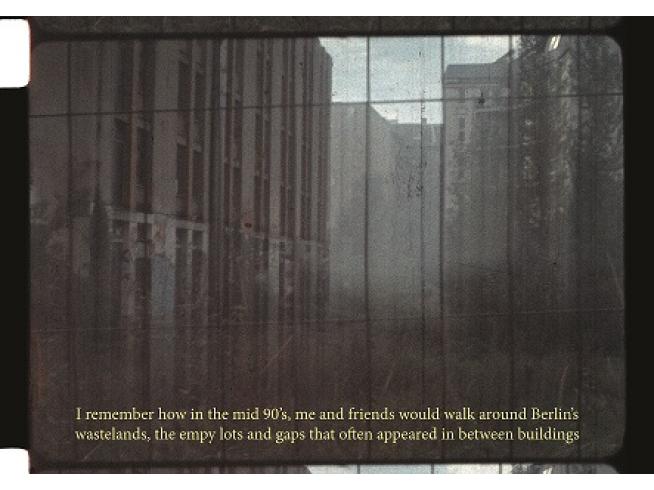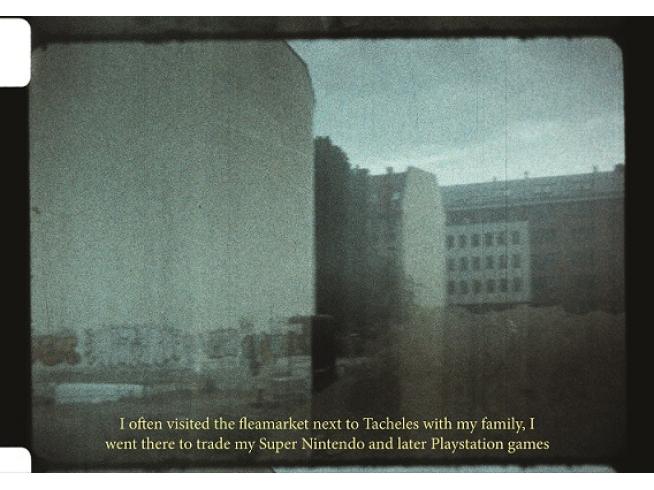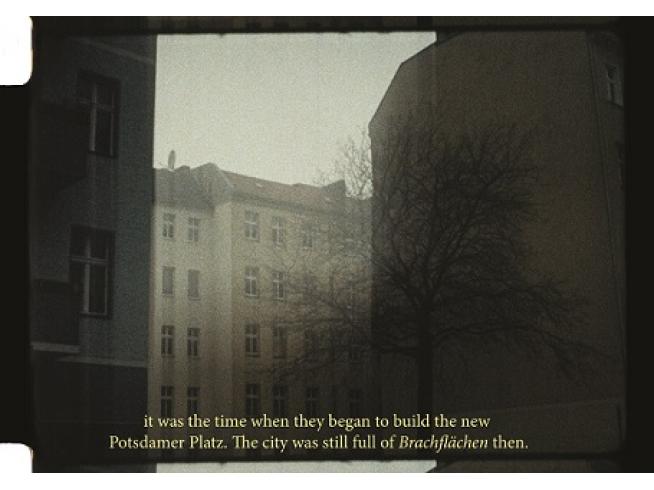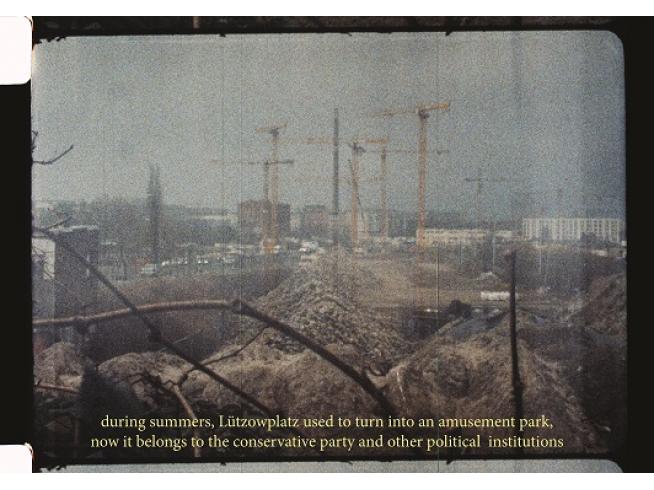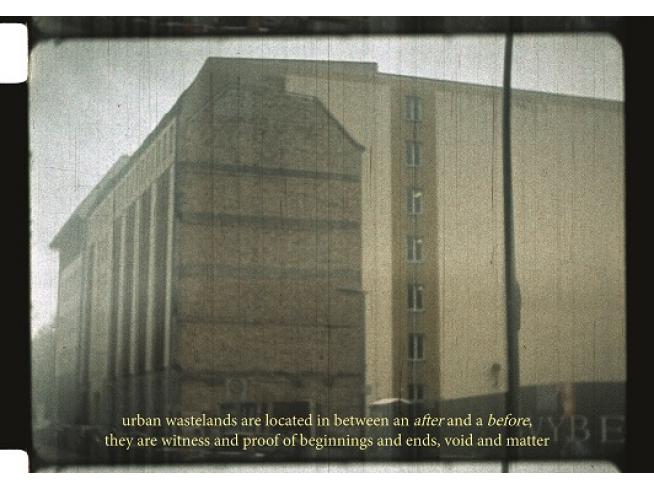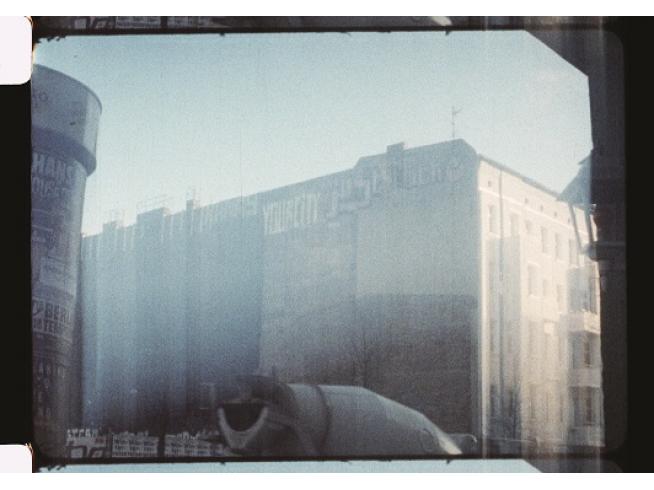Zeit der letzten Brachen
Zeit der letzten Brachen
I remember how in the mid 90's, me
and friends would walk around Berlin’s
wastelands, the empty lots and gaps that
often appeared just in between buildings.
Sometimes I went to the flea market
next to Tacheles to trade Super Nintendo and
later, Playstation games.
It was the time when they just began to build
the new Potsdamer Platz. The city was still full
of wastelands then.
Now the last wastelands are disappearing one
by one and a commercial, non-consensual and
new oppressive architecture is taking their place.
Maybe it started when the German government
relocated from Bonn to Berlin.
Lützowplatz, which during the summer used to
turn into an amusement park, now belongs to
the conservative party and other political
institutions have their headquarters there, too.
In Mitte, in Prenzlauer Berg and so on, a lot of the
smaller empty lots are fenced already, while others
are still used by alternative initiatives, car-salesmen,
garages and so on.
It's difficult to still find a
wasteland without a fence or function attached.
This is a document of the current state of the
wastelands which will soon pass.
As for now, they still evoke a level of
that old emptiness.
But all those gaps I knew will
fade soon. And the city will become
hermetical.
It used to be these 'anti-spaces' where we learned to think
outside the box.
To navigate a city is to move through straight canals.
The wasteland used to be a moment of irritation within the
city, like a pause, a blink or a cut.
The wasteland is the liberation from prescribed
and defined spaces. Located in between an 'after'
and a 'before', the wasteland talks about
beginnings and ends, void and matter.
Die Installation Zeit der letzten Brachen von Lars Preisser basiert auf seinem persönlichen Archiv von Berliner Brachflächen, das er auf 16mm Filmmaterial festgehalten hat.
